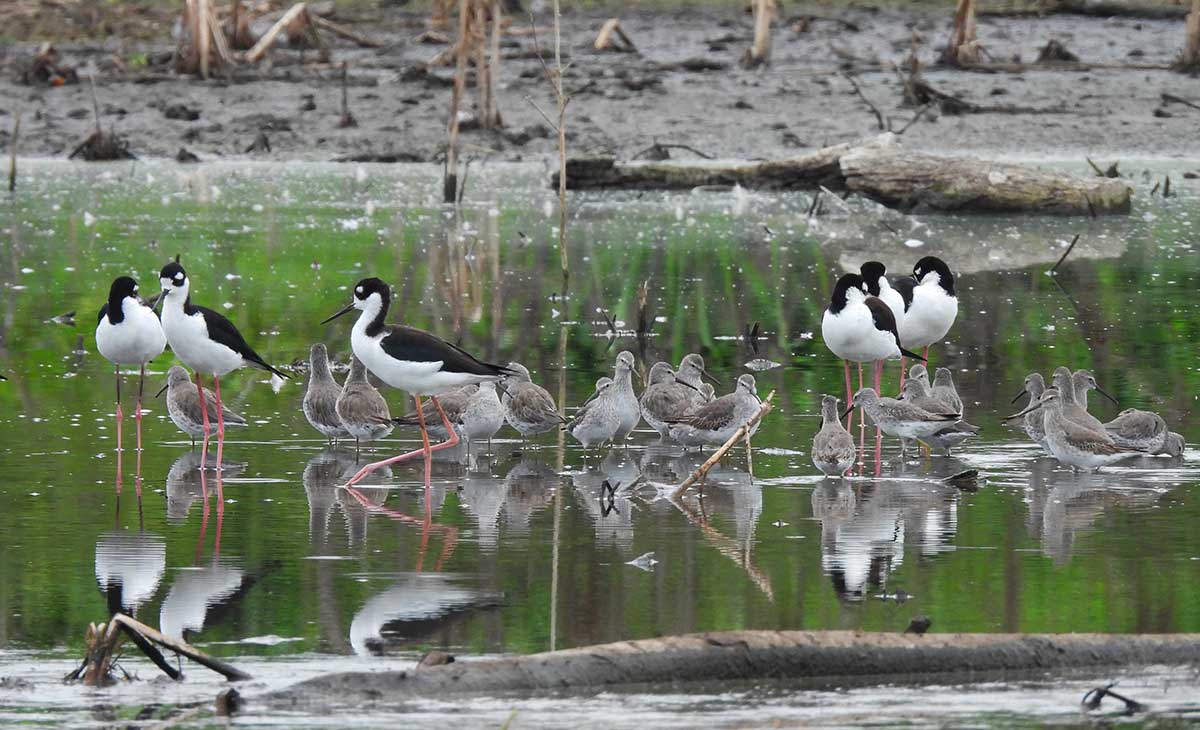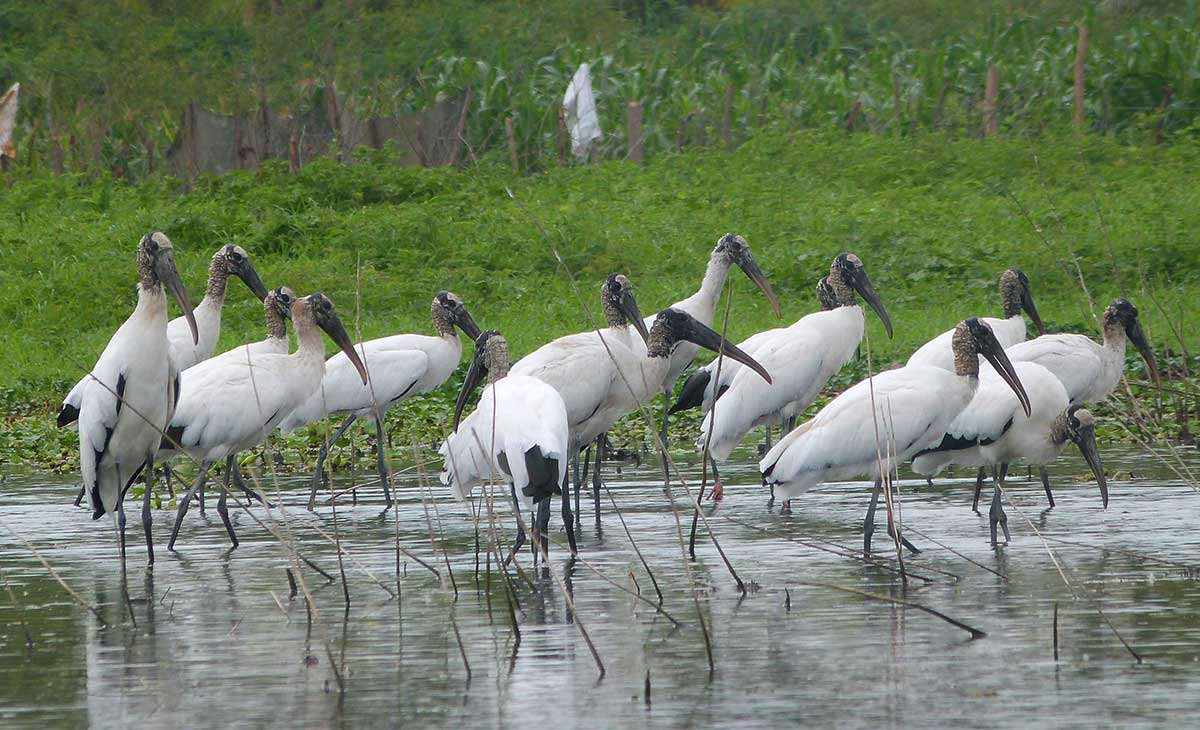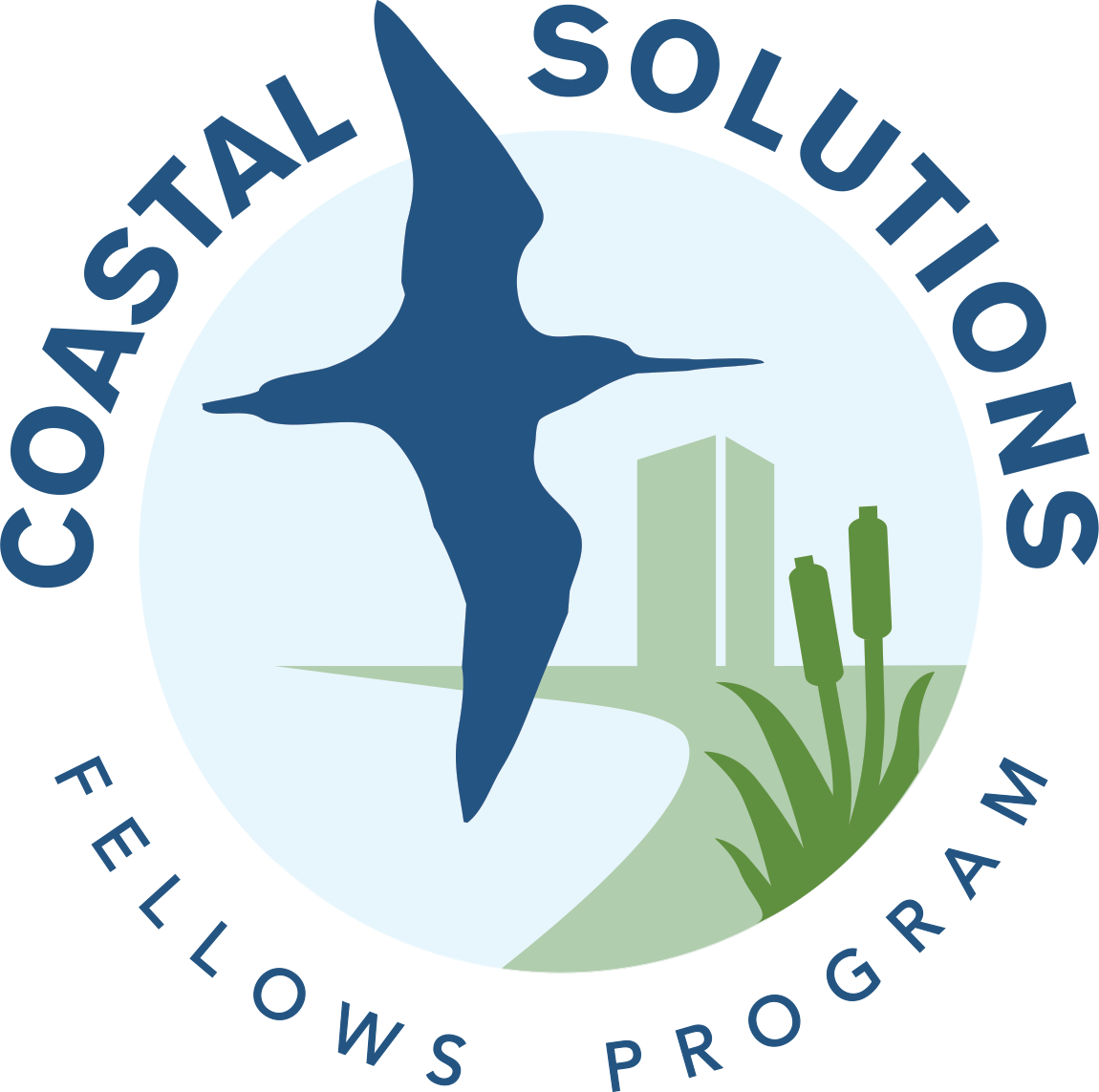La Segua Marsh confirmed as a KBA site in Ecuador
By: Eliana Montenegro, CSF 2021

In May 2022, BirdLife International and Fundación de Conservación Jocotoco, with the support of the Bezos Earth Fund began the process of evaluating and updating Key Biodiversity Areas (KBAs) in Ecuador. One hundred and twenty-five (125) sites were identified as potential KBAs, which cover an area of approximately 450,000 km2 that include both marine and terrestrial sites. At the moment, there are more than 100 sites that are under evaluation, and six have already been confirmed. But what does this designation imply, and what opportunities does it provide for ecosystem conservation?
KBA sites are a new biodiversity conservation tool to safeguard sites of particular and urgent need. The process involves the establishment of National Coordinating Groups that identify and validate KBA sites based on the best available science and standardized global criteria. A site qualifies as a KBA if it meets one of 11 criteria divided into five categories: (A) threatened biodiversity, (B) geographically restricted biodiversity, (C) ecological integrity, (D) biological processes, and (E) irreplaceability. The idea is that the final sites selected, and their respective mapping, will help in making strategic conservation decisions such as: expansion of protected areas, implementation of international agreements, territorial planning, private sector involvement, and involvement of local and indigenous communities.
Unlike Important Bird Areas (IBAs), KBAs include information available on other biological groups such as plants, fish, amphibians, reptiles, terrestrial and flying mammals. This undoubtedly broadens the spectrum of important sites to conserve globally, and in turn, involves other actors and experts from groups previously not very visible in the field of conservation. It should also be noted that not all IBAs are selected as KBAs because they do not necessarily meet the established criteria.
Even though these criteria are very strict and not all sites are able to meet them, La Segua is one of the first six confirmed KBA sites in Ecuador. The site presents a considerable richness of more than 150 species of resident and migratory birds, including up to 4,000 individuals from 23 shorebird species. Its nomination is primarily due to the presence of the Wood Stork (Mycteria americana), an emblematic species at the site. With impressive counts of over 1,400 individuals, the Wood Stork population at La Segua corresponds to 1% of its global population, thus qualifying it as KBA under criterion D1: Biological Processes – Demographic Congregations.
“Sites qualified as KBA under criterion D1 contain a significant proportion (≥1%) of the overall population size of a species during one or more life stages or processes, and thus contribute significantly to the overall persistence of biodiversity at the species level.”
https://portals.iucn.org/library/sites/library/files/documents/2016-048-Es.pd
Wood Stork counts at the La Segua were conducted thanks to the Coastal Solutions Program, and are part of the activities of my project as a Fellow since 2021, which are continuing within the project objectives of 2023 Fellow, Enrique Fornasini. The support of local guides, who conduct waterbird counts in natural and artificial habitats in the wetland, was key during this process.

On the other hand, despite the massive presence of this emblematic species, very little is known about their ecology, habitat use, and migratory patterns within the country. The population found in La Segua likely migrates from the Amazon basin, between the months of October and December. In this sense, the designation of the site as a KBA implies that there is a recognized urgency to improve understanding of the ecology of the Wood Stork for future conservation actions that will benefit this and other wetland species.

The Coastal Solutions Fellows Program builds and supports an international community to design and implement solutions that address coastal challenges across the Pacific Americas Flyway. Our main goal is to conserve coastal habitats and shorebird populations by building the knowledge, resources, and skills of Latin American professionals, and by fostering collaborations among multiple disciplines and sectors.
